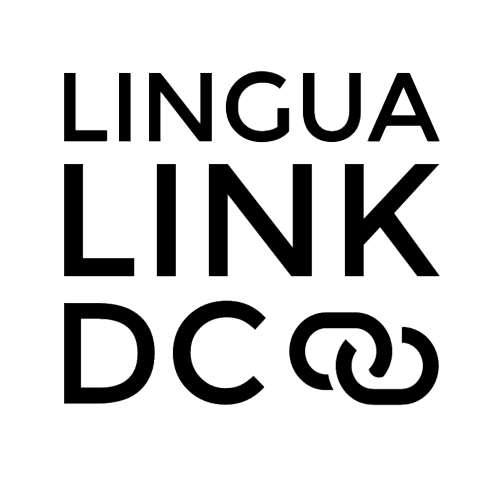Language Diversity in the Top 20 Cities in the U.S.
As the number of Americans who speak another language other than English has tripled since the 1980s, more and more surveys are beginning to show the breadth of American multilingualism. English still leads the way as the most popular national language, according to research done by Babbel, but there are a lot of languages in cities that you might not have thought of before — Urdu, Tagalog, and even an assortment of African languages. Even though Slate was one of the first to look at language distribution by state, there still left a lot to be desired in terms of language diversity in cities across the U.S.
We wanted to find out just how diverse the American language scene is, so we dug through census data from the American Community Survey to find trends and patterns that show the richness of language diversity in urban areas.
Even though there are over 300 relatively common languages spoken in the U.S., according to Accredited Language Services, each city is home to its own unique diversity. Considering the population of people who speak a language other than English and the number of languages spoken, we came up with a list of cities to live or visit if you enjoy being surrounded by different languages while still staying in the U.S. Some of the most populated cities with the most diverse languages include:
New York
San Francisco
San Jose
Los Angeles
San Diego
Denver
Chicago
Philadelphia
Washington DC
Seattle
With Queens, New York taking the title for the place where there are the most languages spoken in the world, at least according to the Endangered Language Alliance, it’s no surprise to see New York on this list. From Greek to Bulgarian, New York is a place where small pockets of many different languages exist.
Ethnographers aren’t surprised about the large population of Tagalog speakers in San Francisco, San Jose, and Los Angeles. In fact, Filipino Americans were some of the earliest people to have found Los Angeles.
And after the Refugee Act of 1980, Colorado has seen a steady stream of African immigrants as well. It’s one of the three cities today with African languages taking a spot in the top five most commonly spoken. So, whether you’re soaking in the Queens’ language diversity or enjoying the sound of Tagalog or an African dialect in Denver, you luckily don’t have to look too far to find unique language scenes in the U.S.
Aside from cities, each region in the United States has a diverse set of languages that set them apart from one another too. No matter where you go in the U.S., Spanish is the most spoken non-English language. While you’re in the northeast, Portuguese and Chinese are the next most popular languages, but when you’re out West it’s Chinese and Tagalog.
When looking at similarities between the different regions of the U.S., it’s easy to lose sight of the different dialects you’ll likely overhear. The large population of Central and South Americans in California creates a unique dialect that sounds much different from the Caribbean Spanish you’re likely to hear in the South and Northeast.
Vietnamese, Chinese, French, Russian, and Tagalog are also particularly popular depending on which region of the United States you’re living or visiting. The Western and Southeastern states are home to Chinese speakers, where the Midwest and the South is predominantly home to Spanish and European languages. And unlike any other region in the U.S., early Polish migration to the Midwest created a strong, long-lasting community of Polish speakers there today.
By looking at the language distribution in the top 20 most populated cities, it’s clear that Spanish, Chinese, and Vietnamese are the most common non-English languages spoken in the U.S. Up 233% from 1980, according to Pew Research, Spanish is the fastest growing non-English language. After the U.S. Department of Education announced that the most popular dual language program behind Spanish was in Mandarin, people in the U.S. began to take note of the growing importance of the Chinese language as well.
It wasn’t that long ago when the Washington Post announced that African immigration population had been doubled each decade and that the D.C. area was among the top destination for those who moved to the U.S. It is no surprise then that Washington D.C. is also the city with the largest proportion of the population speaking an African language.
Immigrants from Ethiopia, Nigeria, Ghana and Egypt represent a large portion of the people who have moved to the U.S. over the last few years. With them, people have brought a rich variety of African languages that add to the language diversity of D.C.
From a burgeoning population of Spanish speakers to enclaves of smaller language communities, the U.S. has a surprisingly large amount of language diversity hiding out in the most populous cities. With only a small number of Americans being able to speak a language other than English, it can be surprising to imagine so many languages spread out across the U.S.




